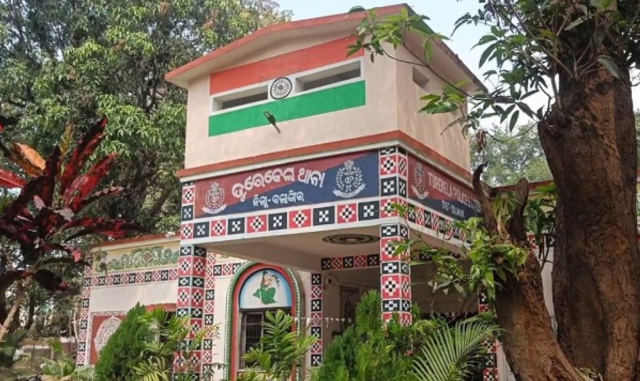Just a day after Similipal was officially declared a national park under the Wildlife (Protection) Act, 1972, Odisha has more reason to celebrate. Principal Chief Conservator of Forests (Wildlife), Prem Kumar Jha, on Friday announced a remarkable rise in the park’s Royal Bengal tiger population.
According to the latest camera trap survey conducted this year, Similipal is now home to 40 Royal Bengal tigers, including six cubs—a notable increase driven by successful breeding programs and enhanced protection efforts. The offspring of famed tigresses Zeenat and Yamuna have played a key role in boosting numbers.
Among the recorded tigers are 13 adult males, 17 tigresses, and two adults whose gender is yet to be determined.
Even more striking is the presence of 18 melanistic (black) Royal Bengal tigers, a rare genetic variant found only in Similipal. This includes an equal count of 9 male and 9 female black tigers, reinforcing the park’s global ecological significance.
These encouraging figures come in the wake of Odisha’s first dedicated tiger census in 2024, which had recorded 27 adult tigers and 8 cubs. The fresh data signals a positive trend in both population growth and successful breeding cycles.
The state forest department has now set an ambitious target: to increase Similipal’s tiger population to 100 within the next decade. This will be pursued through intensified conservation initiatives, habitat enhancement, and strict anti-poaching actions.
Officials attribute the success to robust surveillance, modern technology such as camera traps, and the commitment of on-ground field staff. Similipal is rapidly gaining recognition not just as a vital tiger reserve but as the world’s only natural habitat for black tigers.
With sustained efforts and growing momentum, Similipal is shaping up to be a national model for tiger conservation and a beacon of Odisha’s rich wildlife legacy.





























